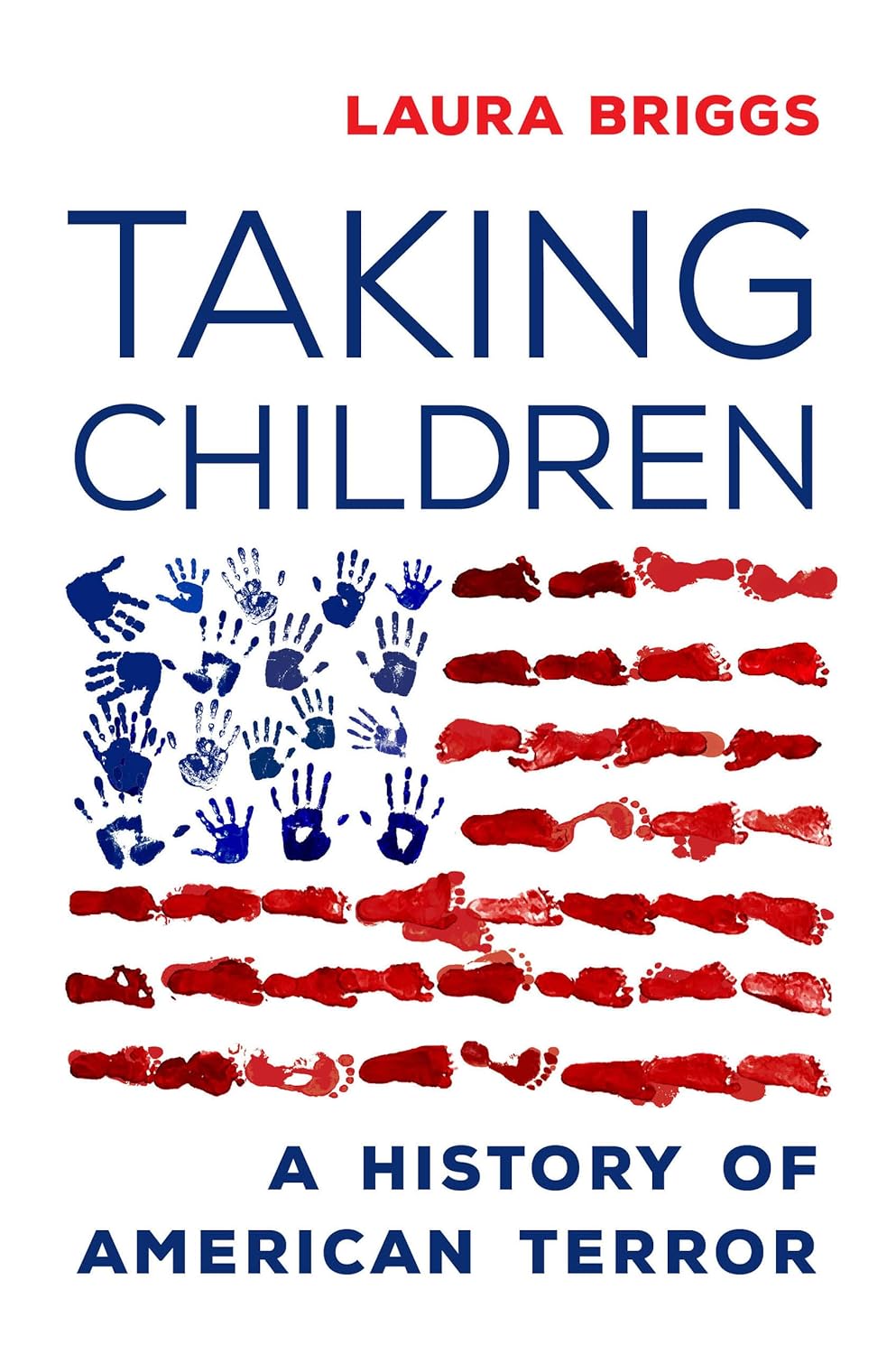In all this emotion, opponents of the policy in particular were repeating a very old move, reaching directly for historical parallels. Consciously and not, they borrowed one of the most successful tactics from the movement to abolish slavery. They tried to compel any audience they could get to imagine the fear and grief that stalked children and parents at the moment they were separated from each other and for the rest of their lives. They put that vulnerability and terror alongside the ugliness of the political ends of those who took babies and children.
In fact, some critics deliberately pointed out relationships between taking children of asylum seekers at the southwest border and the histories of slavery, Indian boarding schools, Japanese internment, mass incarceration, and anti-Communist wars against civilian populations in Latin America. Lance Cooper, a Flint water activist, tweeted what became a viral image of an enslaved mother reaching for a child being carried away by a white slave trader, writing, “Don’t act like America just started separating children from their loving parents.”
DeNeen Brown wrote in the Washington Post about the parallels: “A mother unleashed a piercing scream as her baby was ripped from her arms during a slave auction,” she said, reviewing an exhibit that the Smithsonian had pointedly put up on the history of child taking. “Even as a lash cut her back, she refused to put her baby down and climb atop an auction block.” Catholic clergy and laity holding a mass protest in a US Senate office building carried large images of children who died in immigration detention in 2018 and 2019, a deliberate echo of the protests in the 1970s and 80s by mothers of the disappeared in Latin America. In Oklahoma, Japanese American, Black, and Native activists protested the opening of a detention camp for immigrant children on the site of a former World War II Japanese internment camp and, before that, an Indian boarding school.
These kinds of activism sought to fill a void in public memory about the history of separating children from parents. One of the refrains that too often punctuated the liberal response to the policy was “This isn’t America. We don’t separate parents and children.” (“There’s nothing American about tearing families apart,” Hillary Clinton tweeted.) This kind of exceptionalist claim for an American moral high ground was as unhelpful as it was untrue.
On the other side, the supporters of the Trump-era border policy, including the president himself, also gave the policy a false history. Trump insisted dozens of times that the Obama administration had also separated children from parents at the border. Except that it had not. Obama’s administration took pride in the fact that it detained parents and children together. It also deployed other harsh tactics against immigrants and asylum seekers; there was a reason La Raza head Janet Murguía called him the deporter-in-chief. His administration expelled record numbers of immigrants in each of the first five years of his presidency, numbers even the Trump administration did not match. It housed unaccompanied minors at military bases, detained small children and their mothers in camps, urged expedited removal for unaccompanied children without asylum hearings, and even attempted to put children in solitary confinement to punish their mothers for engaging in a hunger strike to protest their seemingly endless detention.
